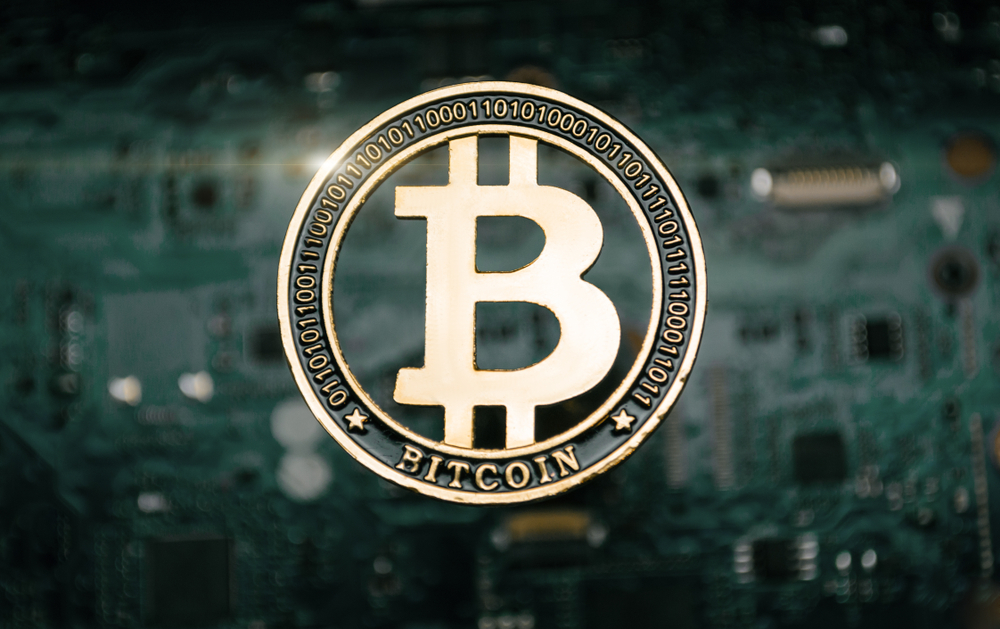According to recent study, Bitcoin (BTC) can function as a data availability layer for rollups. The Ethereum (ETH) community is extremely skeptical about the potential of this opportunity, and here’s why.
Rollkit is a concept-based, rollup-specific modular framework that maintains the design of its components. It does this by utilizing the Bitcoin support that Taproot provides (BTC). As a layer for the availability of data used in rollups.
Rollkit’s Demo Lets Rollups Pay for Available Data with BTC
This concept was designed to share the design of a concept that was developed by Rollkit. Meanwhile, investors in Ethereum (ETH), the most extensive blockchain, are positive about the future of the cryptocurrency.
In some capacity, it will be able to be utilized in networks that are powered by ZK. That results in a greater output. According to recent reports, Rollkit has successfully finished “research execution” of rollups infrastructure.
It ensures data availability by utilizing Bitcoin (also known as BTC). According to a notice that was released to the public by the organization. The network has distributed a Bitcoin DA package that is developed in Go.
This package has the capability to read and write data on the Bitcoin (BTC) blockchain thanks to Taproot transactions. Two of the functions that make up the Bitcoin (BTC) codebase are called SubmitBlock and RetrieveBlocks.
It is possible to upload data to Bitcoin (BTC) using this instrument, as well as retrieve previously published data from Bitcoin (BTC).
It has a very high compatibility ratio with all major virtual machines (execution layers). These layers include Cosmos SDK, EVM, and CosmWasm. The platform is not specific to any blockchain and was designed to be blockchain-agnostic.
A sample edition of Ethereum Virtual Machine was just made available to the public by the Rollkit developers (EVM). It runs on top of the Bitcoin network (BTC).
Within the scope of the presentation, EVM realizes its full potential in terms of functionality. It is considered as the “sovereign rollup” that is for Bitcoin.
In terms of the accessibility of new blockchains and the resourcefulness of those that already exist. If it were to be released, it would completely revolutionize the game.
Ryan Berckmans, ETH Founder, Says Bitcoin (BTC) Will Never Have “Sovereign Rollups”
Sovereign chains will keep the same level of security and decentralization as their L1s. Ryan Berckmans, an Ethereum (ETH) investor, professor, and community advocate, advises Rollkit to avoid using “rollup.”
This is a reference to the products and services that the company provides. Because of the way the gadget is constructed technically, it cannot be sold as a version that is designated as L2.
“Sovereign rollup on Bitcoin,” as the term is sometimes written. “Sovereign rollup” It is a synonym for a different approach to the L1 norm. Bitcoin is the digital repository for its block data. It’s neither a rollup nor an L2 in the traditional sense.
Developing an Ethereum zk L2 that uses Bitcoin as its data storage mechanism. According to our point of view, this is the strategy that will be most successful in the battle against the myths. It has been disseminated regarding this subject.
If it were possible to implement this “real” ZK-powered sample solution on Bitcoin (BTC). The whole Bitcoin (BTC) system would be allowed to include a “small part” of the environment into their operations.
At the same time, it would be an excellent “appetizer” before to the “flipping” that everyone is so excited about. Programmers have been hard at work on a number of different scaling designs for the past few years.
Bitcoin (BTC) would become a part of the Layer-2 ecosystem as a result of this. Some examples of these designs are the payment channels by Lightning Network, Rootstock smart contract platforms, the Stacks, and many others.
At the time of this publication, the L2 ecosystem of Ethereum included a total of over $6.21 billion in equivalent.







More Stories
Koinal Review – Is Koinal Scam or a Trusted Broker? (Koinal.ai)
Fxp360 Review – Is Fxp 360 Scam or a Trusted Broker? (Fxp360.com)
Coinbase Files A Petition To The SEC, Argues That Staking Should Not Be Classified As Securities